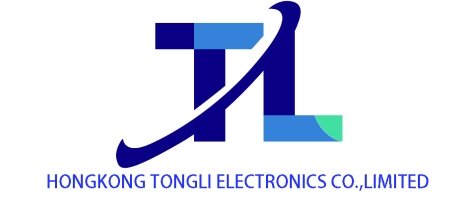The domestic memory market fluctuated moderately this week, with a divergence in the low capacity NAND shortage attracting attention
The changing pattern of the NAND market became the focus this week. Affected by the adjustment of the supply strategy of original manufacturers, the upgrading of low – capacity embedded products was accelerated, and some old models were gradually eliminated, which directly led to the tightening of the supply of low – capacity products of 32GB and below in the eMMC market. To avoid the price inversion phenomenon where the quotation of 16GB eMMC is higher than that of 32GB, suppliers reduced the specifications of high – capacity products to alleviate the short – term gap. At the same time, the cost gap between 256Gb and 512Gb TLC NAND narrowed to 0.3 dollars, and the cost pressure on downstream manufacturers climbed, driving up the quotations of related spot goods. In the wafer market, the supply of Wafer below 512Gb was in short supply, and the supply and demand remained stable in the short term.
The SSD market maintained a volatile trend, showing differentiation from the performance of the DRAM market. The weak demand situation on the demand side has not changed, but the adjustment of the NAND supply strategy has attracted attention: the production capacity of small – capacity products has shrunk significantly, the expectation of tight supply in the short term has heated up, and the price of small – capacity SSDs may rise. From the specific quotations, the prices of most capacities were stable. Only the brand quotations of NVME3.0 960G and NVME4.0 960G rose slightly by 1%, the brand quotation of SATA 3.0 120G increased by 2%, and the brand quotation of 480G fell slightly by 1%. On the whole, the flow rate remained stable.
The DRAM market ushered in a key adjustment. In order to meet the demand in the second half of the year, storage manufacturers began to release a large number of DDR4 products, which effectively alleviated the current market pressure. This week, although the price of DDR4 was at a high level, it showed a small continuous downward trend, which was a normal fluctuation. The market reminded that attention should be paid to inventory control. In contrast, the price of DDR5 raw materials continued to rise, and some original manufacturers have raised the price of finished products slightly, and the cost pressure is gradually transmitted to the terminal. In detail, in the DRAM OEM market, except for the unchanged price of D4 4G 2666 capacity, the price of other capacities fell by 1% – 4%; in the D3 sector, the price of 8G fell by 6%, while that of 4G remained stable.
Other sub – markets performed steadily. The USB market had a stable market situation but weak demand. Channel merchants mainly focused on receiving orders, and factories had low production willingness; the TF card market had inquiries concentrated on a small number of designated material numbers, and the transaction scale was limited, maintaining an overall weak balance. In the PCBA market, the quotation of 64G – 128G capacity rose slightly by 1%, and other capacities were stable; the quotations of all capacities in the UDP and USB3.0 markets were the same as last week.
For the future market, market analysis pointed out that there have been signs of fluctuations in the flash memory market, and the tight supply situation of low – capacity NAND products may continue. It is necessary to focus on tracking their price trends. Although the DRAM market has been relieved in the short term due to the release of DDR4, the cost pressure of DDR5 cannot be ignored. Overall, the current storage market needs to identify opportunities in the plain situation, pay close attention to variables such as the strategies of original manufacturers and tariff policies, and reasonably control inventory to cope with potential risks.
